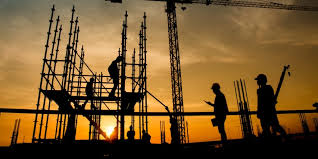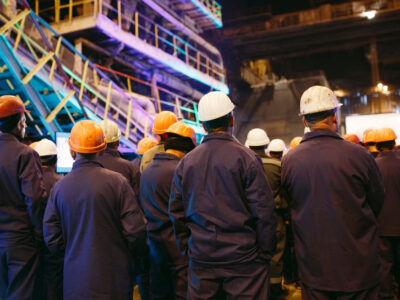The hallmark of a construction site in California or anywhere in the country is the hard hat. The Occupational Safety and Health Administration requires workers to wear hard hats in any circumstance where they may be in danger of an object striking their heads. This is certainly the situation on any construction site. In fact, being struck by an object is one of the most common ways in which a construction worker may suffer injuries.
Because you work construction, you are likely well-aware of the danger of struck-by accidents. While many times, such an event may result in little more than a bruise, there is always the potential for serious and even fatal injuries. In fact, struck-by accidents are the second most frequent cause of death on constructions sites, following closely behind fatal falls.
Rolling and swinging accidents
Struck-by accidents fall into four categories, and each presents the risk that you or a co-worker will suffer injuries that could be devastating. For example, working around large vehicles and moving equipment is an obvious hazard, and a moment of inattention can be catastrophic. These struck-by accidents are known as rolling object hazards. The operator of a construction vehicle has limited visibility, especially for smaller objects and particularly when moving in reverse. It is best to steer clear of areas where heavy equipment is in use.
Swinging object hazards include those items which a crane may be lifting and moving. They tend to sway with a natural momentum and may be difficult for a crane operator to control. Careful training will teach you how to avoid the swing radius of cranes and other equipment that may place you at risk of struck-by swinging accidents.
Falling and flying objects
While your supervisor may protect passersby from falling debris or tools by sectioning off the area, your work may require you to be in the danger zone. Your hard hat may protect you from smaller objects, but even small things falling from great heights gain momentum that can produce a fatal injury. Safety nets help to catch mishandled tools, but such added protection may not help much if the falling object is large and heavy, such as a sledgehammer, power tool or the unbalanced load dropped from a crane.
Flying object hazards require the protection of eyewear or face guards. The most common flying hazard is a misfired nail gun. These may project like a bullet, and flying nails have been known to travel through walls to strike a worker on the other side.
In many cases, you can prevent struck-by accidents through careful and frequent training, by paying diligent attention to safety regulations, and by consistent use of safety equipment and personal protection. Nevertheless, when accidents occur, it may be necessary to seek professional assistance to obtain the workers’ compensation benefits you need.



